Filters
Historical Sites
The long, illustrious history of the island, which has been continually inhabited since the Early Helladic period (appx. 2,300 BC), has provided vivid traces of the peoples and civilizations from East and West that came through Kos. Buildings, their architectural styles, reasons for construction and uses are usually what remain to indicate and shed light on historical periods.
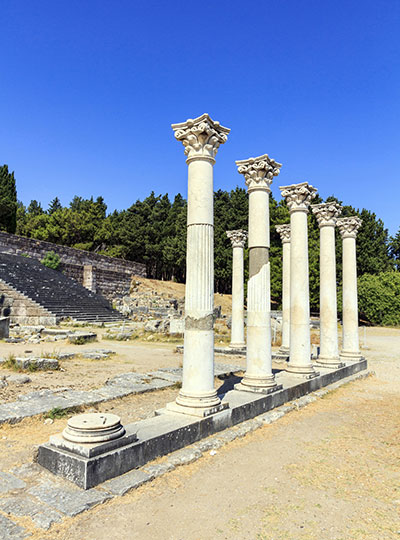
Asclepeion of Kos
The most famed archaeological site on the island of Kos from antiquity to today, the Asclepeion sits on the slopes of a low tree-covered hill that gazes out to the sea and the Turkish coast.
Read more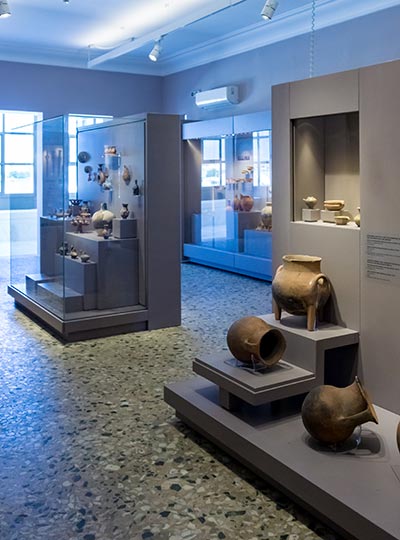
Archaeological Museum of Kos
The Archaeological Museum of Kos retains and exhibits the finds brought to light during various excavations around the island dating from the beginning of the last century.
Read more
Casa Romana
The Roman House (Casa Romana), which most likely belonged to a prosperous islander, dates back to the Roman Imperial years, and is characterized not only by its large size (36 rooms) but also by its opulent decoration.
Read more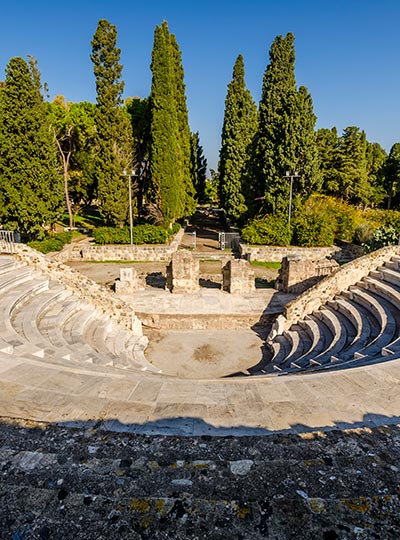
Roman Odeon of Kos
One of the most important historical sites on Kos, the Roman Odeon of Kos was probably built on the remains of an earlier building used for gatherings with a capacity of 750 seats.
Read more
Paleo Pyli Fortress
The ruins of the acropolis of the abandoned Paleo Pyli (Old Pyli) settlement sit west of the Mount Dikeos range, standing proudly throughout the ages atop a rocky hill which affords expansive views .
Read more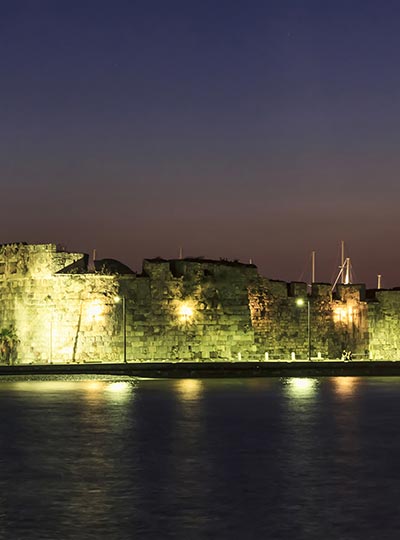
Neratzia castle
Neratzia Castle, is one of the most characteristic examples of Knights Templar architecture in the Dodecanese Islands, while its remains show traces of inhabitation dating as far back as the Mycenaean period.
Read more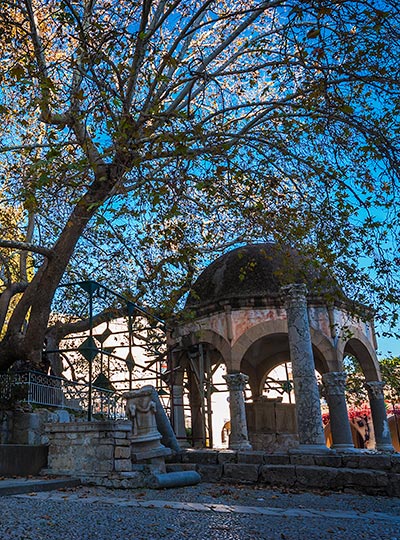
Plane Tree of Hippocrates
Close to the ancient agora stands an deep-rooted plane tree, known as the "Plane Tree of Hippocrates", which tradition asserts is the actual tree under whose shade Hippocrates taught the science of ...
Read more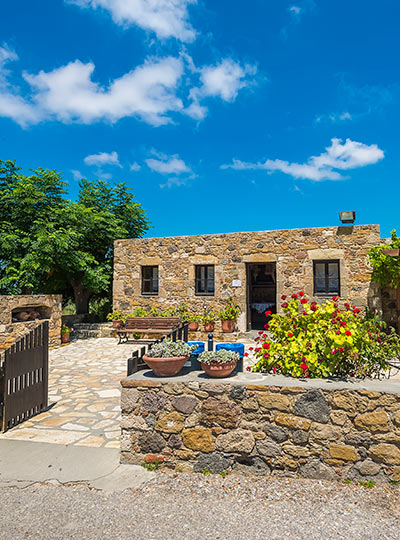
Traditional House of Antimachia
A house that is a veritable recreation of a traditional early 20th century dwelling yet built in 1980, the Traditional House of Antimachia takes visitors back to a time.
Read more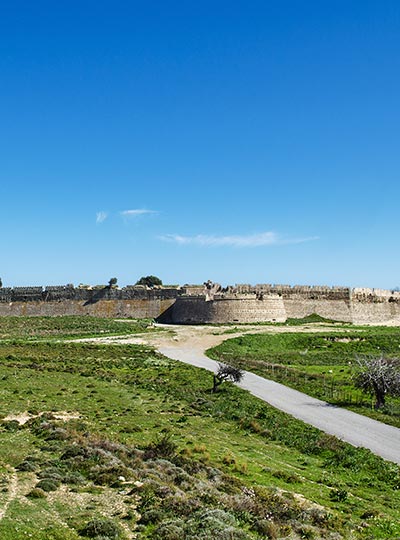
Antimachia Castle
A castle-fortress enclosing an entire settlement, Antimachia Castle “controlled” passage between the islands of Kos and Nisyros, one of the period’s most frequented trade route channels.
Read more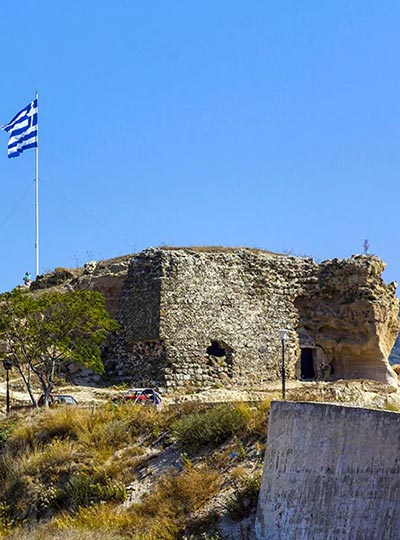
Kefalos Castle
On top of a hill on the southeastern end of Kefalos, where the island’s first capital city was located in antiquity, lie the Byzantine remains of Kefalos castle dating back to 1420.
Read more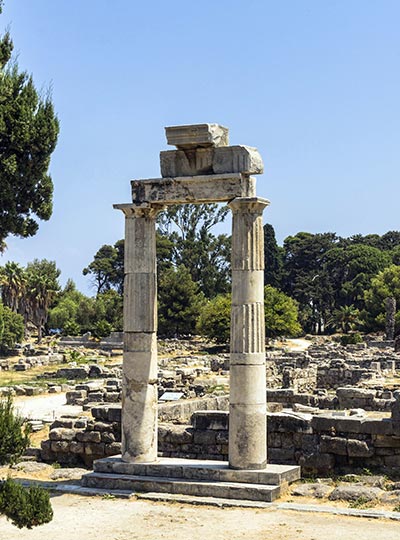
Altar of Dionysus
The Hellenistic altar of Dionysus, constructed in the island’s glory days of the 2nd century BC, is located near the ancient agora. One of the most important historical and artistic elements of the altar was the frieze.
Read more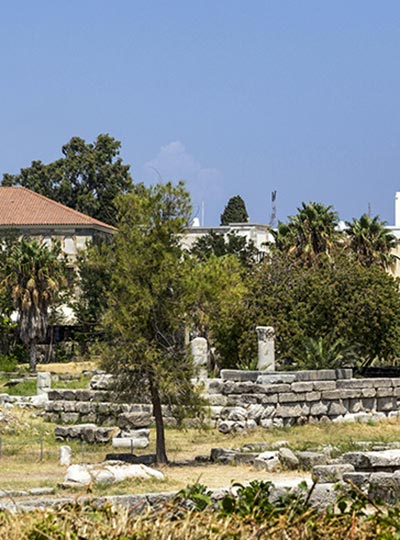
Ancient Agora – Harbor
Outside the city’s fortification walls stands the ancient agora and harbor, safeguarded by its own protective wall that began from the city walls themselves and continued south enclosing the temples [...]
Read more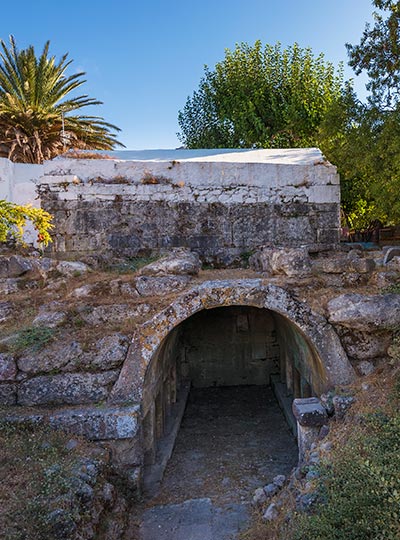
The Tomb of Harmylos
A fine tomb complex of the 3rd century BC Hellenistic period, dedicated to the 12 Olympian Gods as well as to the hero of the Harmyleon, Harmylos. The tomb of Harmylos was excavated by Herzog and Schazmann.
Read more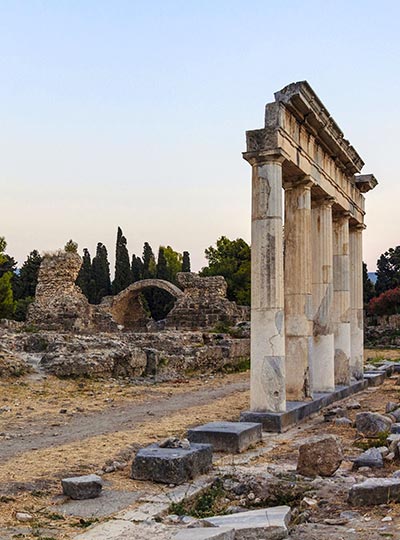
Western Archeological Zone
Opposite the ancient theater extends an exceptionally important archaeological area (zone), part of the city that was abandoned in the Middle Ages, during the time of the Knights of St. John.
Read more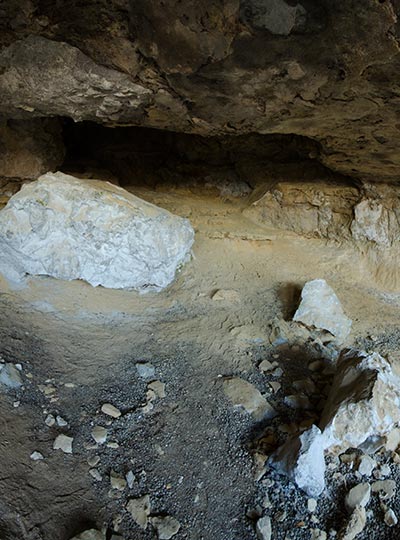
White Stone Cave “Aspri Petra”
Between 100 -140 million years old and standing at an altitude of 257 meters on the slopes of Mount Zini in the island’s south-western region of Kefalos, the impressive White Stone Cave.
Read more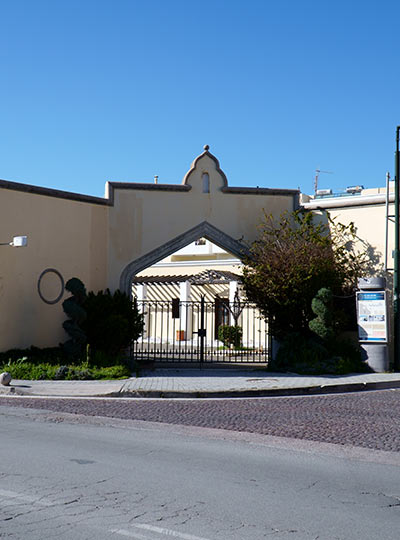
Historical & Folklore Museum of Kos
In Kos center, Grigoriou V' street, among important archaeological sites, such as Roman Odeum and Casa Romana, one can visit “Hani”, aka Historical and Folklore Museum.
Read more

